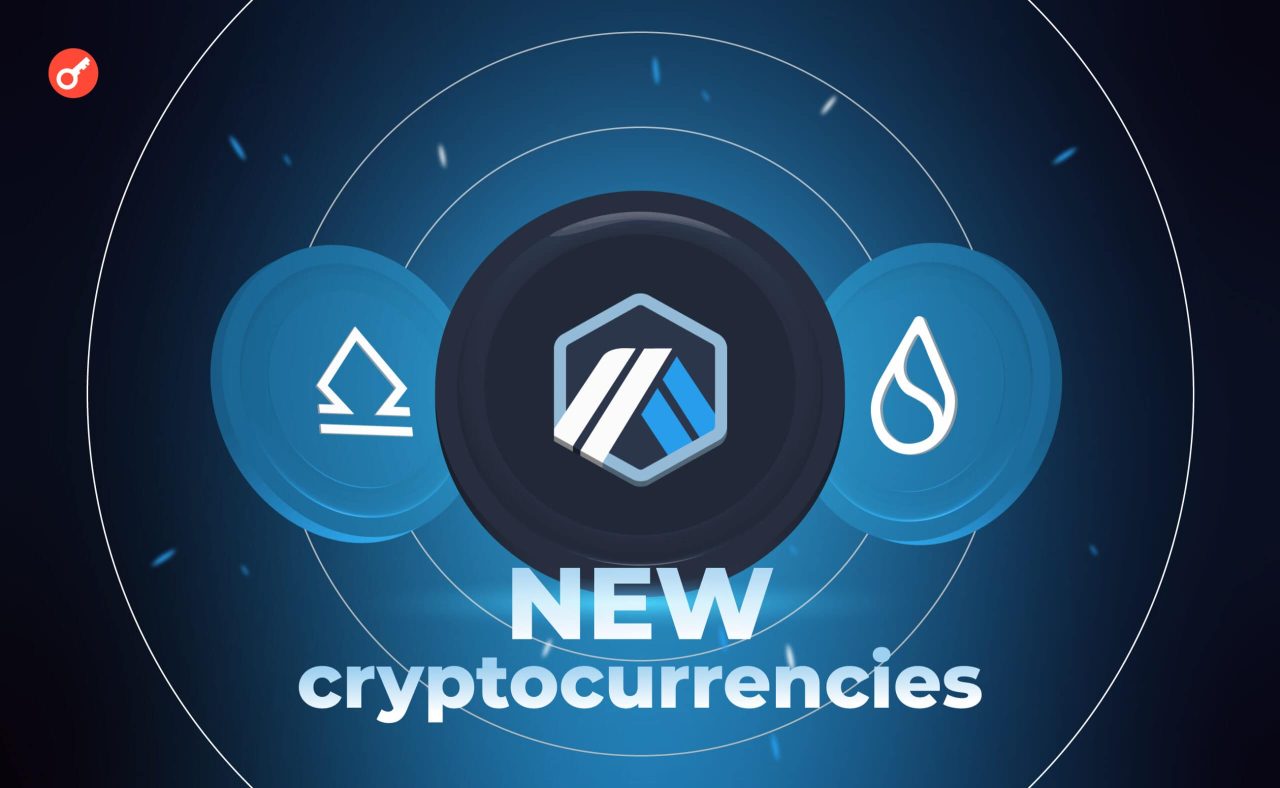The cryptocurrency market continues to grow rapidly, offering new opportunities for investors and tech enthusiasts. Since the emergence of Bitcoin in 2009, cryptocurrencies have become a fixture in the financial landscape. The market now includes thousands of different crypto assets, each offering unique features and applications. Despite their volatility, cryptocurrencies have become a popular tool for diversifying an investment portfolio, with a combined market capitalization of hundreds of billions of dollars. Major players like Bitcoin and Ethereum are leading the way, but new projects are also rapidly entering the market offering innovative solutions.
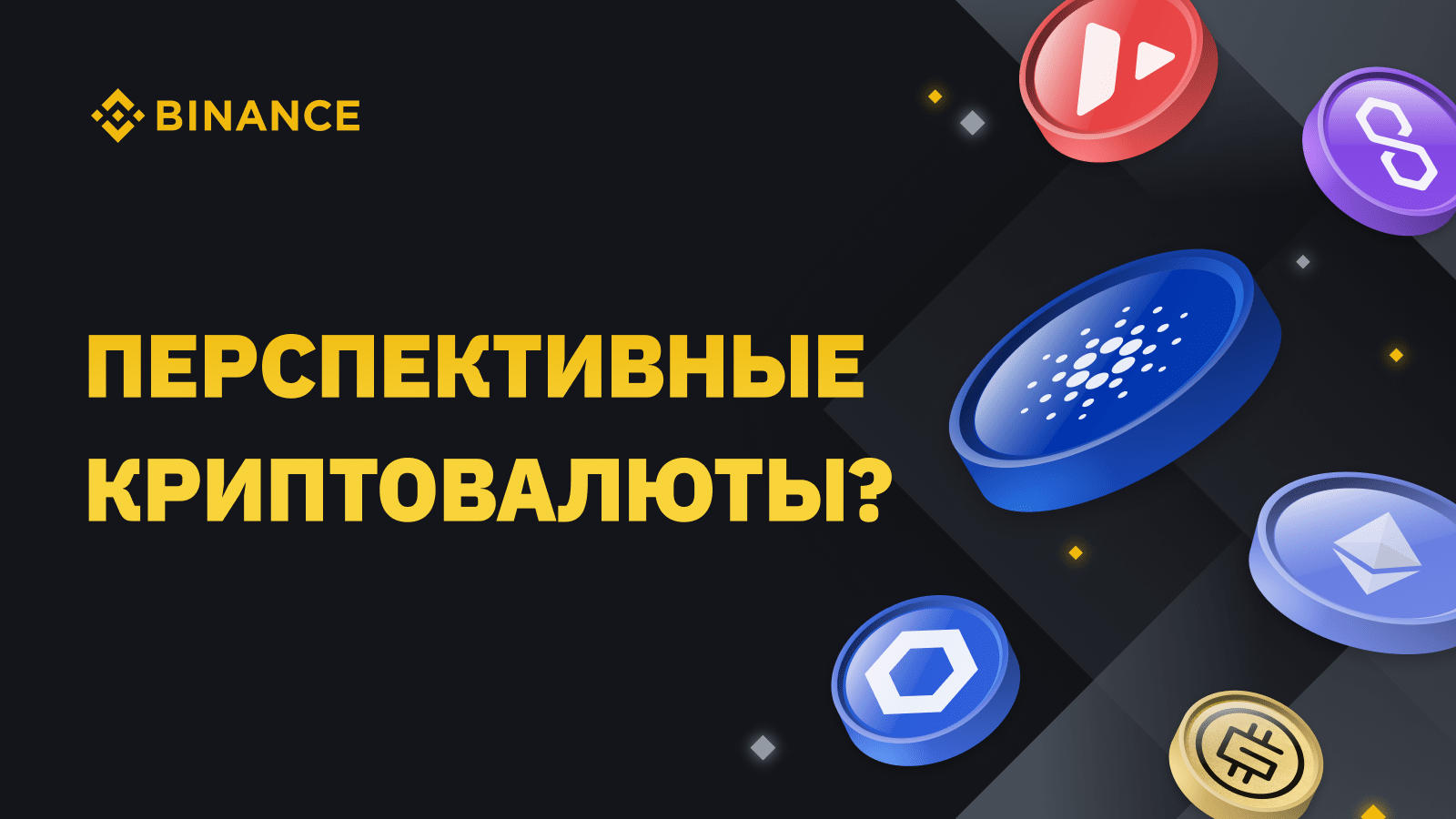
Selecting reliable crypto assets is critical to successful investing in the cryptocurrency market. Reliable cryptocurrencies typically have proven technology, are backed by an experienced team of developers, and have an active user community. Such assets are more resilient to market fluctuations and regulatory changes. Investing in reliable cryptocurrencies allows you to reduce risks and increase the likelihood of making a stable profit. Before making investment decisions, it is important to conduct thorough research, including assessing the technical characteristics of the cryptocurrency, its market capitalization, level of decentralization, and security history.
“Young” cryptocurrencies: New digital assets
A “young cryptocurrency” is a digital asset that has recently been released to the market and has not yet gained widespread awareness or adoption. These cryptocurrencies are often in the early stages of development and may offer new technologies or approaches to solving existing problems. Young cryptocurrencies often attract the attention of investors looking for opportunities for significant capital growth. However, they also carry a high level of risk due to the lack of proven technology, lower levels of liquidity, and potential regulatory uncertainties.

1. Solana (SOL): A Promising Ethereum Killer
- Market cap: $84.2 billion
- Total offer: 581,194,818 SOL
- Price: $181.3
Solana is a high-performance blockchain designed to be an “Ethereum killer.” It uses a unique architecture that combines centralized validation with a distributed ledger, allowing it to achieve very high transaction speeds (up to 60,000 TPS) and low fees ($0.0001).

Solana provides a powerful platform for developers who want to build decentralized applications (dApps). The foundation for this is support for smart contracts that can be programmed in Rust, one of the most secure and efficient programming languages today. Rust offers developers high performance and control over resources, which is critical for building reliable and scalable applications. This makes Solana an attractive platform for developing blockchain projects that require high transaction speeds and reliability.
The Solana network maintains a high level of decentralization due to its distributed network of validators located all over the world. This distribution makes the network resistant to censorship and various types of network attacks, as compromising the network would require attacking multiple validators in different jurisdictions at the same time. Solana’s decentralized nature not only enhances its security and resiliency, but also helps build trust among users and developers.
Solana Advantages
High transaction speed :
One of Solana’s key advantages is its outstanding transaction speed. The platform is capable of processing thousands of transactions per second, significantly exceeding the capabilities of popular systems such as Ethereum and Bitcoin. This characteristic makes Solana an ideal choice for large-scale applications that require high throughput and fast response times, such as complex financial transactions, high-speed gaming, and decentralized exchanges.
Scalability :
One of Solana’s key features is its scalability, which is provided by the sharding mechanism. Sharding allows transactions to be divided into smaller parts, which are then processed in parallel. This significantly increases the network’s throughput and allows Solana to process thousands of transactions per second. This approach gives the platform an advantage in terms of scalability speed over many other blockchain systems, making it an ideal solution for global financial services and applications with high performance requirements.
Safety :
In terms of security, Solana employs a number of advanced mechanisms to protect the network from attacks. The use of PoS consensus helps protect the network from various types of attacks, including 51% attacks. In addition, the network structure and the protocols for interaction between nodes are designed in such a way as to minimize security risks and ensure the stability of operations even in the event of external interference.
Solana’s scope and prospects
Solana has quickly become one of the leading platforms for developing decentralized financial applications ( DeFi ) . Thanks to its high transaction speeds and scalability, Solana has attracted many developers looking to create more efficient and accessible financial services.
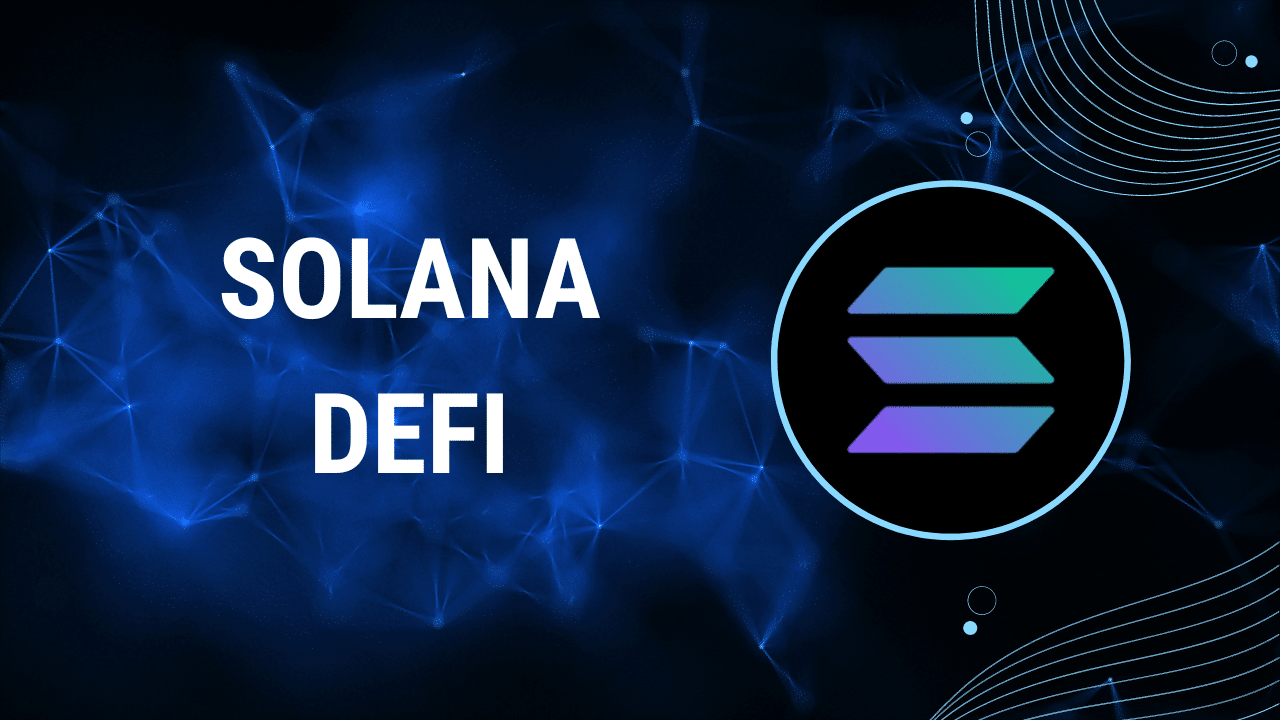
Projects like Saber, a decentralized exchange for stablecoins, Serum, a decentralized asset exchange, and Solend, a decentralized lending and borrowing platform, demonstrate Solana’s capabilities in financial innovation. These applications not only increase blockchain usage, but also offer users new ways to manage and invest their funds.
The second major use case for Solana is the non-fungible token ( NFT ) marketplace . Solana provides a platform for creating, buying, and selling NFTs, which are becoming increasingly popular due to their low transaction costs and high processing speeds. This makes Solana attractive to artists, musicians, and other creative individuals who want to monetize their unique assets without having to pay high transaction fees.
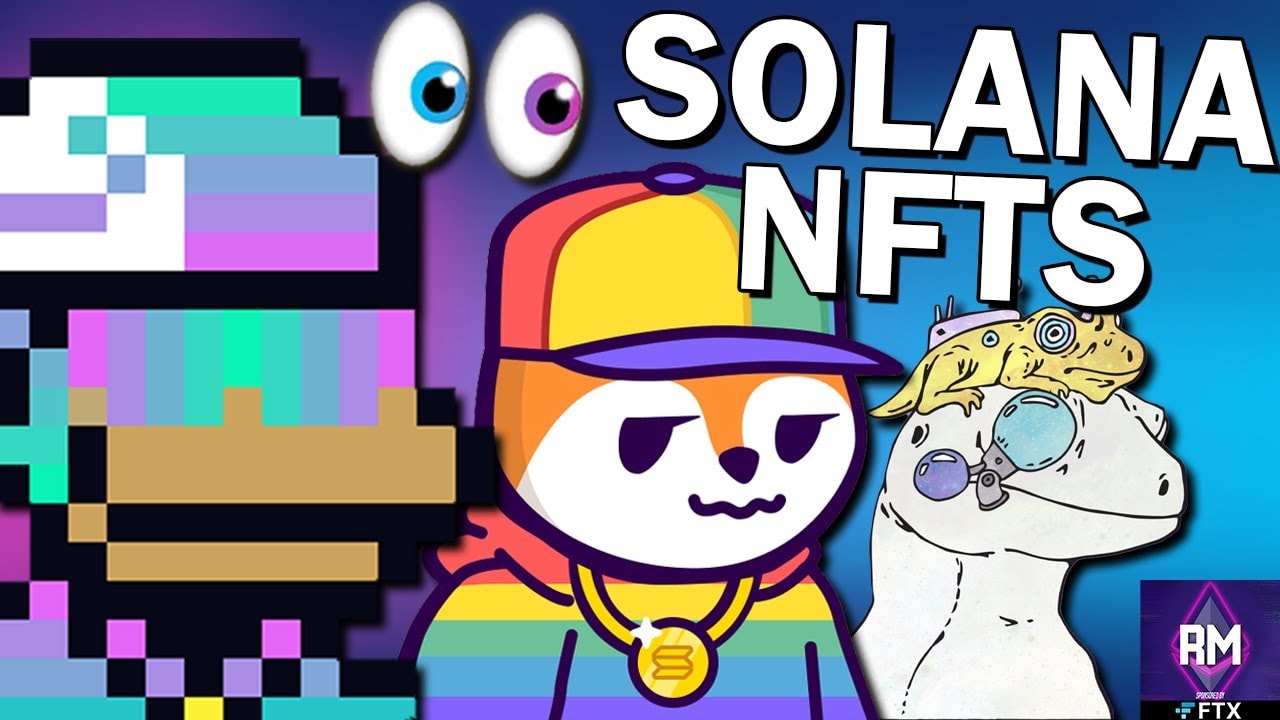
The gaming industry has also not remained aloof from the integration with blockchain technologies. Solana is actively used by developers of blockchain games such as Star Atlas and Aurory, which offer players a new level of interaction and earning opportunities within the game worlds. The use of blockchain in games on the Solana platform allows for the creation of fully decentralized and secure gaming ecosystems, where every item or character can be tokenized and traded.
Solana’s Prospects
Solana is rightfully considered one of the most promising projects in the cryptocurrency sphere. Equipped with a powerful technical base, it attracts the attention of large investors and developers.
A strong development team and an active community around the platform contribute to its further growth and development. In addition, a variety of potential applications from financial services to the gaming industry and digital art makes Solana one of the key players in the blockchain technology market.
2. Polkadot (DOT): A Revolution in Cross-Chain Interoperability
- Market cap: $8.13 billion
- Total Supply: 1,437,953,431 DOT
- Price: $5.65
Polkadot is a unique blockchain architecture that allows tokens and data to move freely between different blockchains connected to the network. This is achieved through the use of the so-called Relay Chain, the core of the Polkadot network, which provides security and interoperability for the blockchains connected to it, called parachains.
This capability not only improves the functionality and extensibility of existing blockchains, but also opens the door to new innovative applications in the crypto ecosystem.
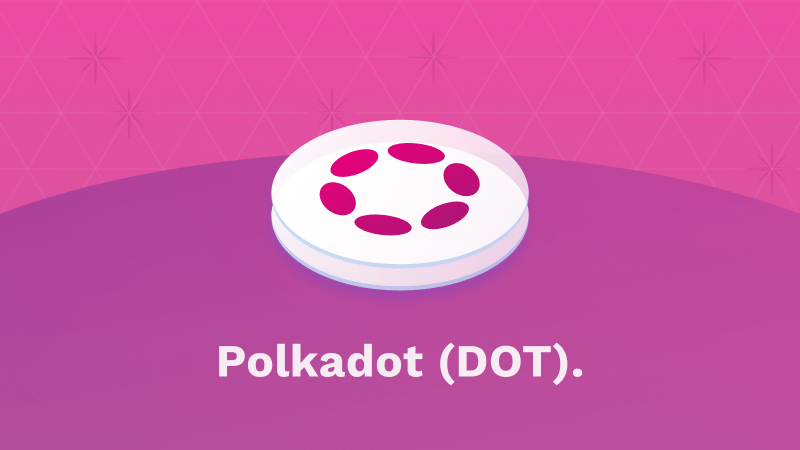
Polkadot allows users to manage assets from different blockchains through a single interface. This simplifies the process of managing multiple assets, making it more intuitive and accessible.
For example, a user can easily transfer cryptocurrency or tokens issued on one platform to other blockchains within the Polkadot network using a single wallet system. This feature is especially useful in a world where the number of different cryptocurrencies and tokens is growing every day.
Polkadot actively encourages the development of new blockchains and decentralized applications (dApps). The platform provides tools and resources for creating custom blockchains that can easily integrate with other networks via a relay chain. This facilitates the development of innovative projects that offer new solutions for various industries, from finance and insurance to gaming and social networks.
Solving Fragmentation Problems
Traditionally, blockchains operate in isolation, making it difficult to share data and interact between different networks. Polkadot solves this fragmentation problem by providing a relay chain that acts as a universal interconnector between blockchains. This allows integrated blockchains to exchange information and assets without the need for third-party bridges or custom solutions, making interactions more efficient and secure.

Polkadot Application Area
Kusama serves as a “canary” network for Polkadot, providing developers and researchers with a unique platform to experiment with new blockchains and applications in a realistic environment. This allows innovators to test new ideas and technologies without risking the stability of the Polkadot mainnet. Kusama is more flexible and updates faster, making it ideal for experimentation and accelerating the development of blockchain projects.
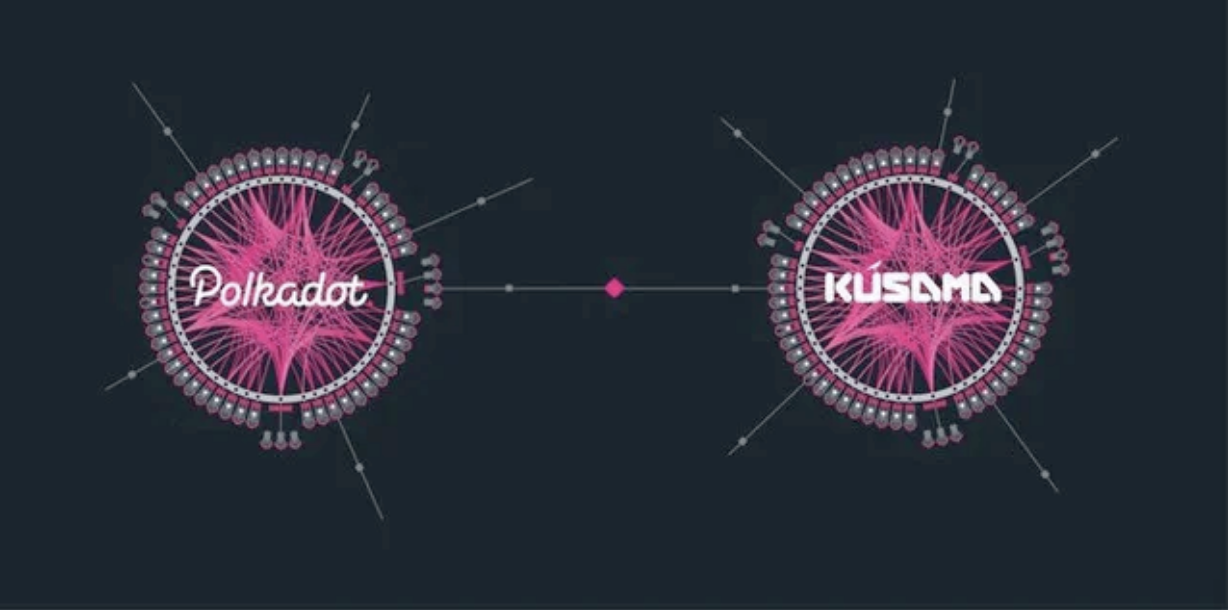
Moonbeam acts as a bridge between the Polkadot and Ethereum ecosystems, allowing developers to use existing Ethereum tools to build decentralized applications that can run on the Polkadot network. This not only makes it easier for developers to transition to Polkadot, but also expands the use of smart contracts beyond a single network, promoting wider adoption and integration of decentralized technologies.
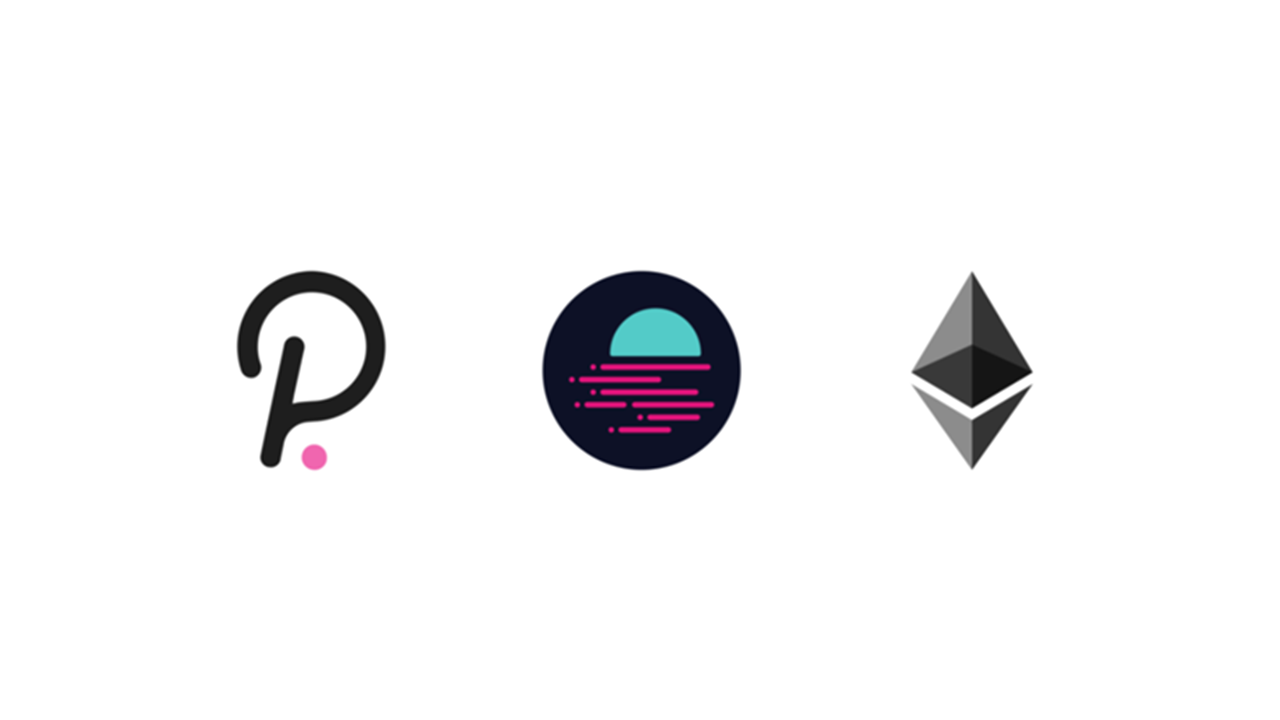
Acala is a key financial hub in the Polkadot ecosystem, providing a decentralized platform for trading and managing stablecoins. The platform offers features such as lending, borrowing, and staking, making financial services more accessible and efficient. Acala aims to bring the stability and convenience of traditional finance in a decentralized manner, opening up new opportunities for users and developers.
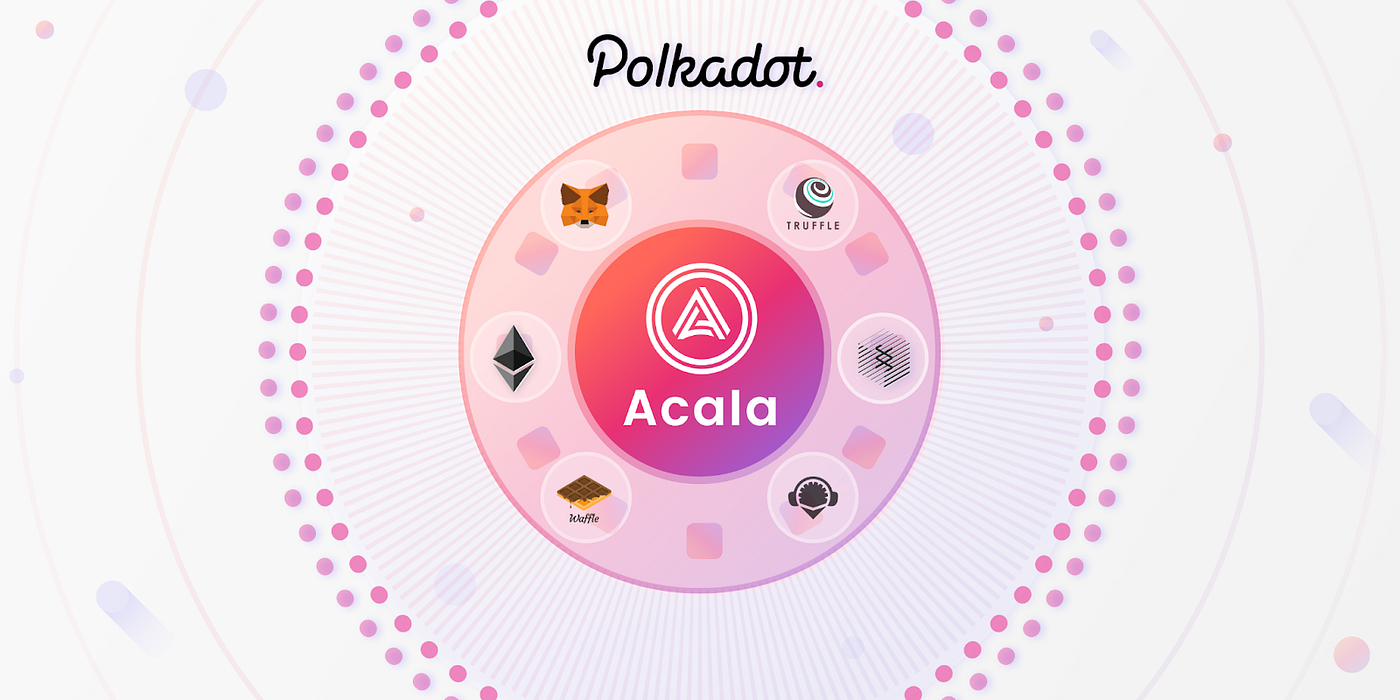
Polkadot Prospects
Polkadot is an ambitious project that has the potential to radically change the landscape of cryptocurrency and blockchain technology. With its unique architecture that enables cross-chain interoperability and scalability, Polkadot opens the door to new forms of decentralization of data and services.
The project has a strong team of developers behind it, including the founders of leading projects like Ethereum. An active and engaged community supports and drives the development of the network, contributing to the creation of new projects and innovations.
3. Cardano (ADA): Cutting-edge science behind blockchain technology
- Market cap: $14.4 billion
- Total supply: 37,089,410,846 ADA
- Price: $0.4019
Cardano is not just another blockchain platform; it is a unique ecosystem developed using a scientific approach, where every decision is backed by thorough analysis and peer-reviewed research. This makes Cardano one of the most reliable and secure platforms in the cryptocurrency market.
Cardano’s main goal is to offer a more environmentally friendly and scalable alternative to platforms like Ethereum, with a focus on long-term sustainability and integration with the legal frameworks of various countries.
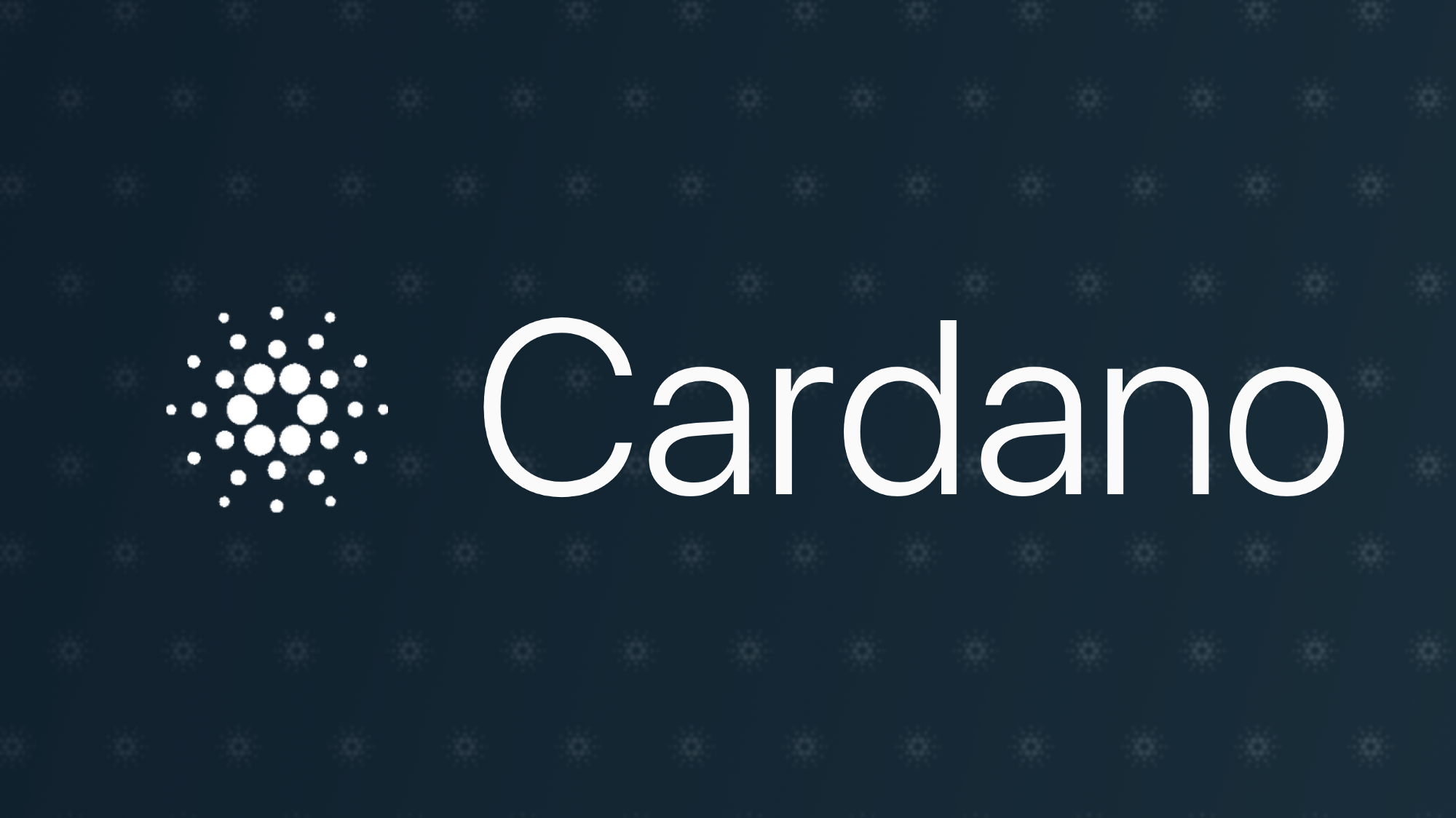
Ouroboros: A Revolutionary PoS Algorithm
At the heart of Cardano’s architecture is the Ouroboros consensus algorithm, which is one of the first proof-of-stake (PoS) algorithms to undergo rigorous scientific evaluation. Ouroboros allows the Cardano network to achieve a high degree of security while consuming significantly less energy than the proof-of-work (PoW) algorithms used in other cryptocurrencies such as Bitcoin.
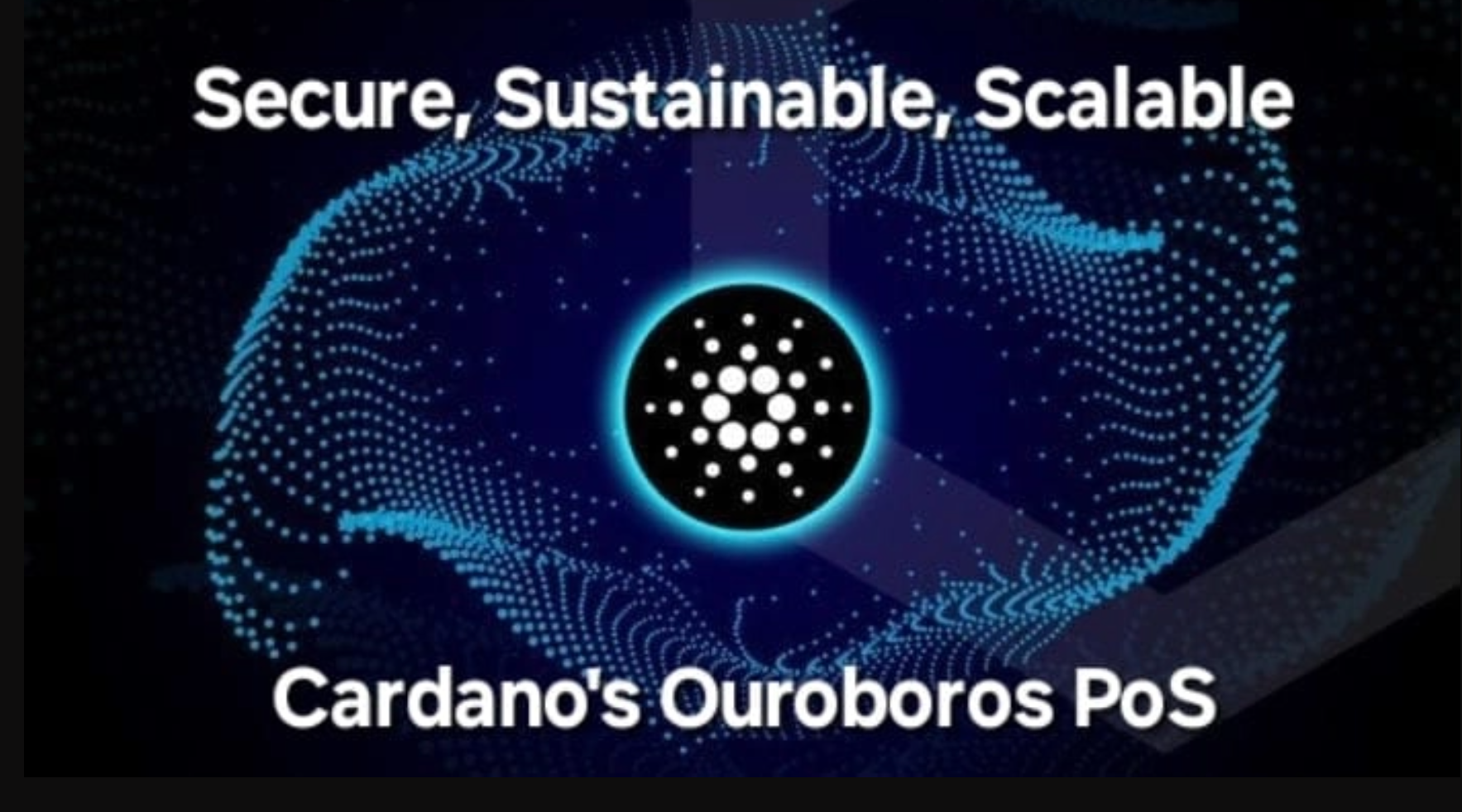
Plutus: Smart Contract Programming
Plutus, the smart contract programming language in Cardano, is built on Haskell and offers formal verification capabilities, making the code more robust and error-resistant. This feature is especially important in financial applications where security is a critical aspect.
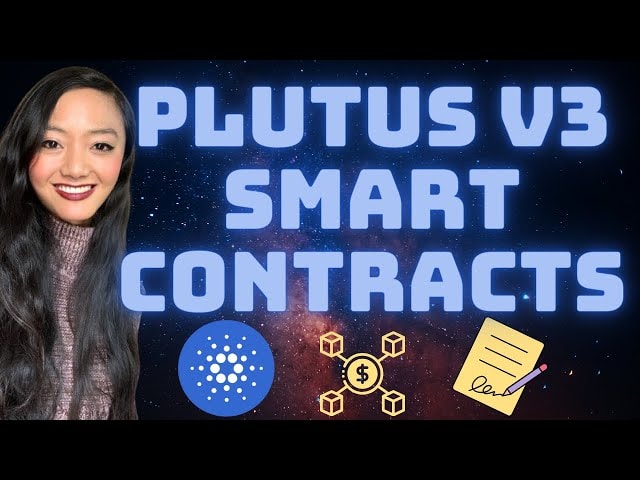
Hydra: Second-Level Scalability
Hydra is a second-layer solution in the Cardano ecosystem designed to handle a huge number of transactions outside the main chain, thereby increasing the overall throughput and scalability of the platform. With Hydra, Cardano can scale to millions of users, ensuring instant transaction processing without compromising decentralization.
Reliability and compliance
Cardano is being developed with regulatory compliance in mind, making it attractive to institutional investors and large financial institutions. This compliance allows Cardano to integrate into existing financial systems while complying with the laws of different countries.
Companies collaborating with Cardano
Input Output Hong Kong (IOHK) is the core development company of the Cardano blockchain platform. Founded by Charles Hoskinson, one of the co-founders of Ethereum, IOHK not only develops and supports Cardano, but also conducts extensive research in the field of cryptography and blockchain technology. The company aims to promote a scientific approach to the creation of blockchains, which ensures the high reliability and security of the Cardano system.
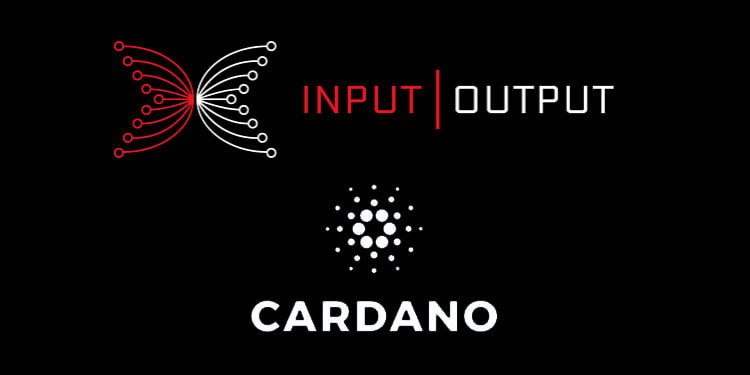
Emurgo plays a major role in the commercialization of Cardano, helping to integrate and apply the technology in real business models. The company works directly with enterprises and developers to create, develop, and support commercial projects based on Cardano. Emurgo not only supports startups and companies looking to use blockchain in their operations, but is also actively developing tools and resources to simplify this process.

The Cardano Foundation is a non-profit organization dedicated to supporting and promoting the Cardano blockchain globally. The foundation’s primary goals include standardizing, protecting, and promoting Cardano technology. The foundation actively works with regulators to clarify the legal aspects of blockchain use, and conducts educational activities aimed at raising awareness of the technology.
Veritree is a company that uses the Cardano platform to track supply chains. Using blockchain technology, Veritree provides transparency and traceability for reforestation and ecosystem restoration. Data stored on the Cardano blockchain cannot be tampered with or altered, making it ideal for verifying the authenticity of environmental projects and activities.

COTI is a stablecoin development and issuance platform that is integrated with Cardano. The platform offers financial institutions and enterprises the tools to build their own blockchain-based digital payment solutions. The partnership with Cardano allows COTI to take advantage of this technology to ensure the security, speed, and scalability of its products.
Cardano Prospects
With its rigorous scientific approach, focus on security, scalability, and sustainability, as well as a strong development team and active community, Cardano occupies a unique niche in the cryptocurrency industry. The Cardano platform has all the attributes needed to become a key player in the future of blockchain technology and decentralized finance.
4. Chainlink (LINK): A Bridge Between Blockchain and the Real World
- Market cap: $8.23 billion
- Total supply: 1,000,000,000 LINK
- Price: $13.55
Chainlink is a decentralized oracle network that plays a key role in integrating blockchain technology with the real world. The platform allows smart contracts to access data from outside the blockchain, greatly expanding their capabilities and applications. With Chainlink, decentralized applications (dApps) can interact with external data and services, opening up new horizons for automation and improvement of many processes.
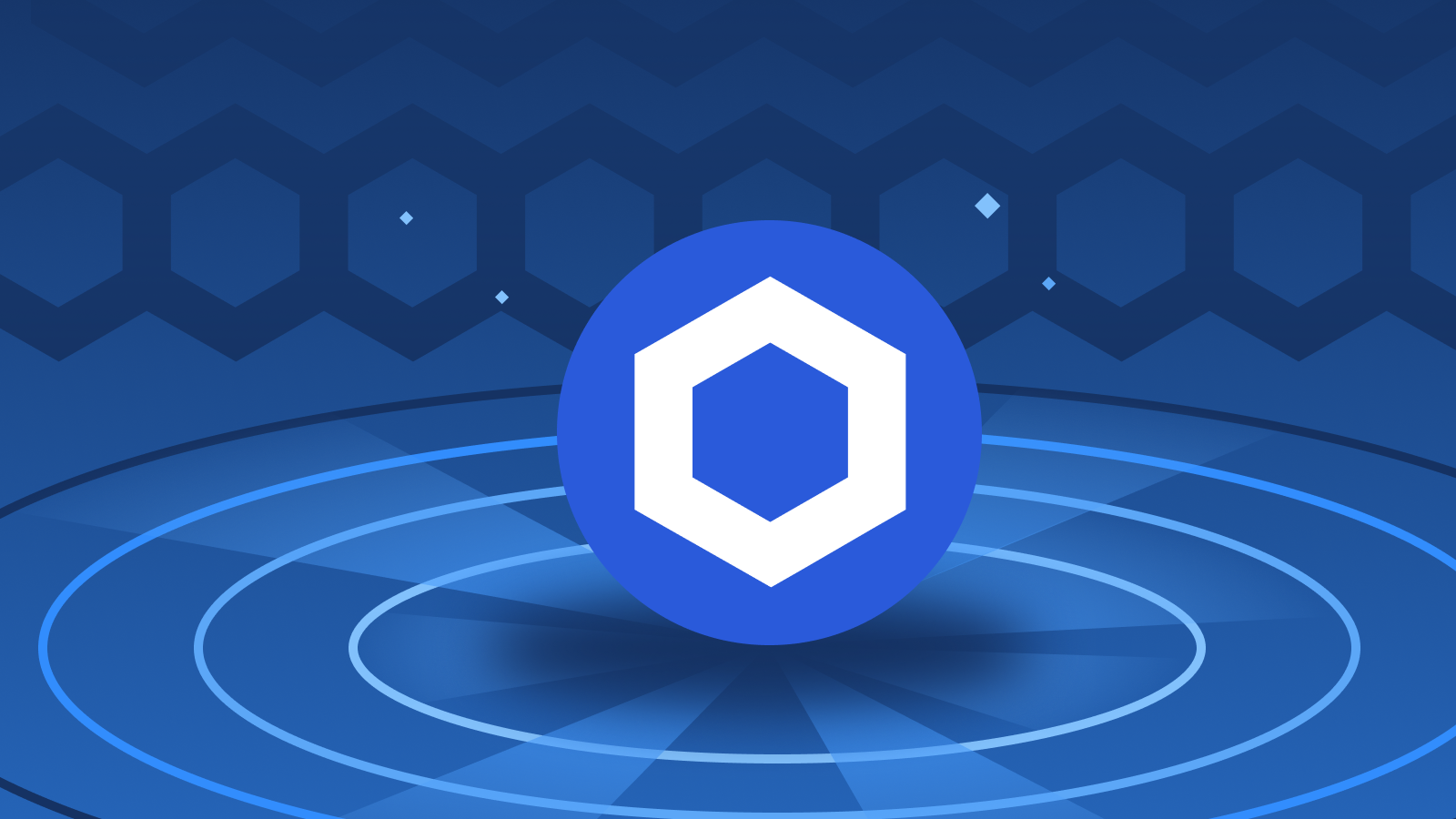
At the core of Chainlink is a network of oracles — independent services that actively collect and feed information from external sources into the blockchain. These oracles perform a critical task by feeding smart contracts with up-to-date data, such as prices and exchange rates, sports results, weather conditions, and more. At the same time, to ensure decentralization and the absence of a single point of failure, data is collected from multiple sources.
To ensure a high level of reliability and accuracy, Chainlink aggregates data from various oracles. This process involves comparing and analyzing information from different sources, eliminating potential errors and manipulation. Data aggregation also helps create a more stable and resilient system that can serve as a reliable source of information for mission-critical applications.
Smart contracts using Chainlink can directly interact with external data through the APIs provided. This gives developers the unique ability to create applications that respond to real-world events and changes in the world around them, enabling automation that would not be possible without external data. For example, insurance contracts can automatically pay out compensation based on natural disaster data received through Chainlink.
Advantages of Chainlink
Chainlink stands out for its decentralized nature, which is a key aspect of its reliability and sustainability. The system is not controlled by any one organization or group, which ensures the absence of centralized censorship and increases trust in the network. This makes Chainlink especially attractive for applications that require a high level of transparency and security.
Safety :
Chainlink uses advanced security mechanisms to protect the network from potential threats and attacks. Among other measures, the system includes a multi-layered data aggregation system, transaction encryption, and strict oracle protocols, which minimizes the risks of manipulation and hacking.
Accuracy :
One of the key advantages of Chainlink is the high accuracy of the data it provides. The network aggregates information from multiple sources, thereby reducing the likelihood of errors or bias in the data it receives. This is especially important for smart contracts, the execution of which depends on the accuracy and relevance of external information.
Versatility :
Chainlink offers versatile connectivity to various data sources, making it a tool with a wide range of applications. From financial services to insurance and logistics, Chainlink allows real-world data to be integrated into any smart contract on a variety of blockchain platforms. This expands the horizons of blockchain technology, making it applicable to many new market sectors and industries.
Major Companies Using Chainlink
Chainlink, thanks to its unique oracle technology, has found widespread adoption among major tech and financial companies. Here are some of them:
Google uses Chainlink to integrate its cloud services with various blockchains. This allows developers using Google Cloud Platform to easily create applications that can interact with blockchains to automatically receive or send data. This integration significantly expands the functionality of Google’s cloud solutions, providing an additional layer of security and transparency through the use of blockchain technology.

Oracle Corporation is incorporating Chainlink into its processes to provide access to real-time prices for various goods and services. This allows Oracle users to create more robust and autonomous smart contracts that can respond to changing market conditions in real time without manual intervention.
Swift, the international payment system, uses Chainlink technology to improve the connection between traditional financial institutions and blockchain networks. This allows Swift to provide faster and more secure international payments, as well as provide financial institutions with tools to automate and improve existing processes.
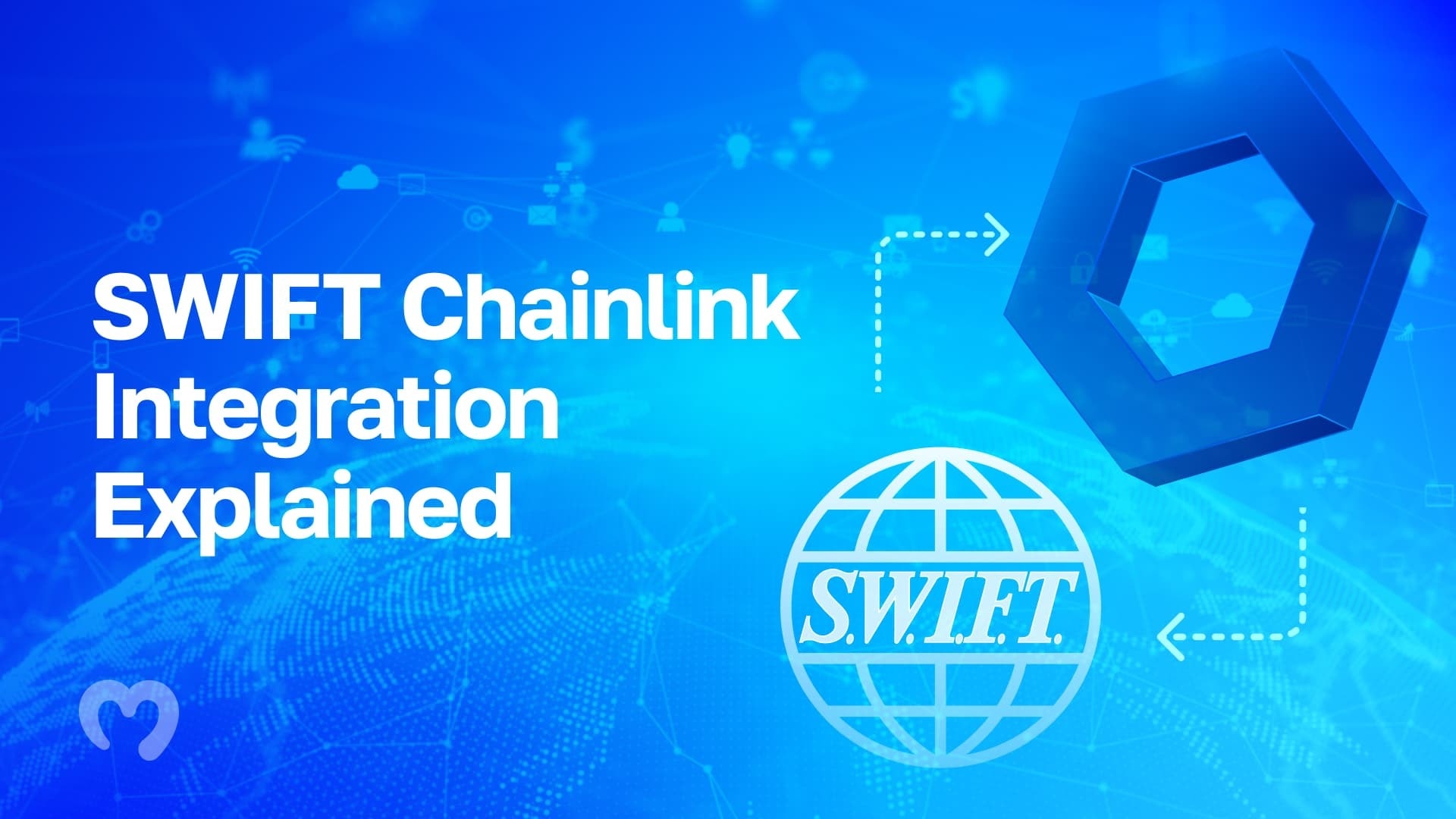
Synthetix , a decentralized exchange, uses Chainlink to create synthetic assets that represent real assets like currencies, stocks, and commodities. Chainlink ensures that the data needed for these synthetic assets to function properly is accurate and up-to-date, which is critical to maintaining their value and reliability.
Aave , a decentralized lending platform, uses Chainlink to automatically assess credit risk and provide transparency into its operations. Connecting to real market data via Chainlink allows Aave to manage loans more efficiently, providing users with better terms and better protection for their funds.
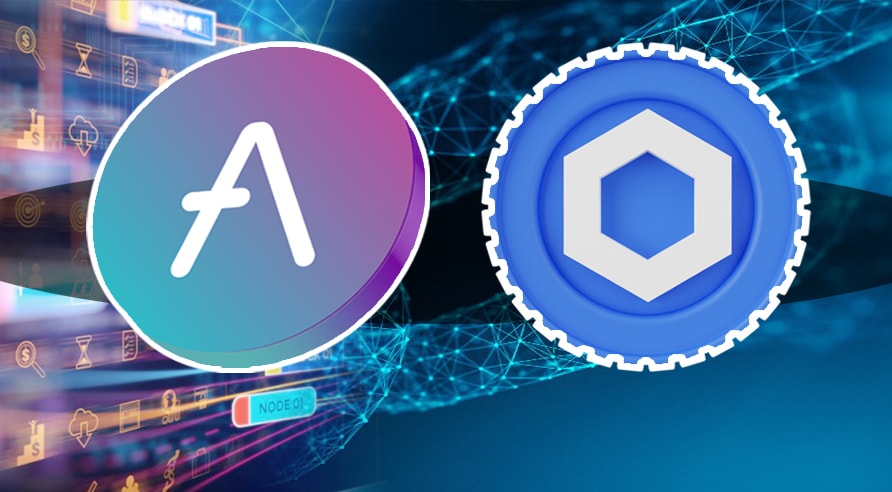
Chainlink Prospects
Chainlink continues to hold an important place in the blockchain ecosystem due to its ability to connect the decentralized world of smart contracts with real-world information and events.
A strong development team, active community, and wide application possibilities make Chainlink one of the most promising projects in the field of blockchain technologies. Its potential to create reliable and functional dApps that can respond to the real world opens up new opportunities for the entire industry.
5. Cosmos (ATOM): Next-Generation Architecture for Interconnected Blockchains
- Market cap: $2.40 billion
- Total supply: 390,930,671 ATOM
- Price: $6.14
Cosmos is a unique blockchain ecosystem that aims to solve one of the most pressing problems in the blockchain space: scalability. The project enables the creation and maintenance of interoperability between independent blockchains that can exchange data and transactions without intermediaries.
This approach not only improves the efficiency of applications, but also significantly increases their speed, making Cosmos an ideal platform for developing and launching decentralized applications (dApps).
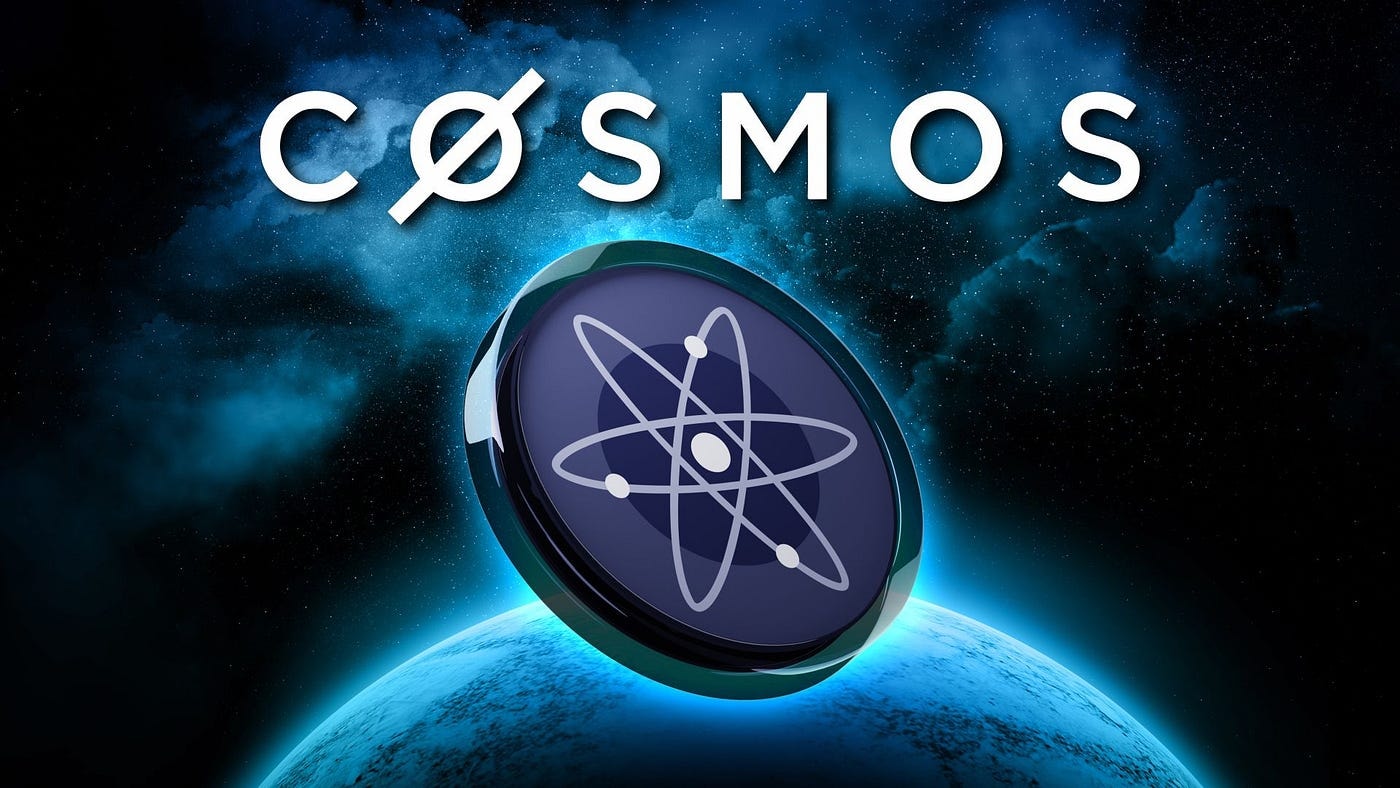
Hub and Zones: Core Components of Cosmos
At the center of the Cosmos ecosystem is the Cosmos Hub, a central blockchain that acts as a connector for all other blockchains in the network, called Zones. These Zones can be completely autonomous, but are still able to interact with other blockchains through the Hub. This architecture allows users to transfer assets and data between different blockchains within the Cosmos ecosystem while maintaining their independence and security.
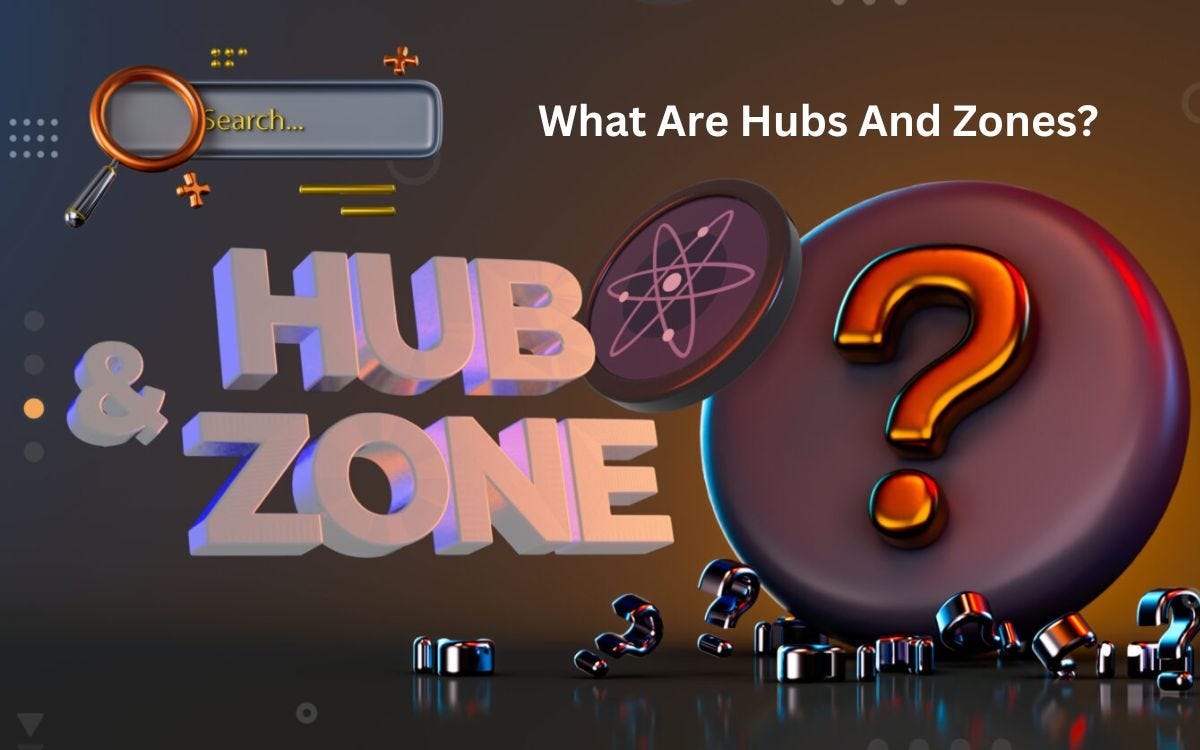
IBC: Internet Broadband Communication Protocol
One of the key innovations in Cosmos is the Inter-Blockchain Communication (IBC) protocol. IBC allows different blockchains in the Cosmos ecosystem to securely exchange information and assets. This protocol provides flexibility and scalability to the network, allowing for a wide range of applications, from financial services to social networks, to be built on different blockchains that can easily interact with each other.

Scalability and decentralization
Cosmos positions itself as a solution to the blockchain scalability problem by offering an alternative to traditional transaction processing methods. Unlike blockchains, which face performance limitations due to the need for each node to process every transaction, Cosmos allows each blockchain to process transactions independently, significantly increasing the overall network throughput.
Benefits of Cosmos: Expanding the Possibilities of Blockchain
Scalability :
One of the key advantages of Cosmos is its outstanding scalability. Thanks to its modular architecture, the platform is able to support the operations of millions of users without losing prices and performance. This is achieved because each blockchain in the network processes transactions independently, which reduces the load on the main network and allows for seamless scaling.
Interconnectedness :
Cosmos is unique in its ability to connect different blockchains into a single network. This is achieved through the use of the IBC (Inter-Blockchain Communication) protocol, which allows for the secure exchange of data and assets between different blockchains in the Cosmos ecosystem.
This interconnectivity opens up vast opportunities for creating complex dApps that can interact and use resources from multiple blockchains simultaneously.
Variety :
Cosmos provides unique tools for creating blockchains with different characteristics and rules. Developers can choose consensus parameters, governance rules, and other key aspects, creating blockchains that are ideal for their specific needs and applications. This makes Cosmos a versatile platform suitable for a wide range of applications, from financial services to social networks.
Sovereignty :
Each blockchain in the Cosmos ecosystem has a high level of autonomy. This means that each zone is governed independently, has its own consensus, and can set its own rules and policies.
This approach allows communities and organizations to create and manage blockchains the way they want, without having to conform to the restrictions or requirements of centralized structures.
Projects built on the Cosmos platform
Cosmos, with its innovative architecture, provides the foundation for many exciting and diverse projects in the blockchain space. Here are some examples of projects that are deployed in the Cosmos ecosystem and demonstrate the platform’s broad capabilities:
The Cosmos Hub is the central blockchain in the Cosmos ecosystem, acting as a cross-chain coordinator and bridge between different independent blockchains, or zones. The Cosmos Hub not only facilitates the transfer of assets and data between different blockchains in the Cosmos network, but also ensures the overall security of the system through staking and governance mechanisms.
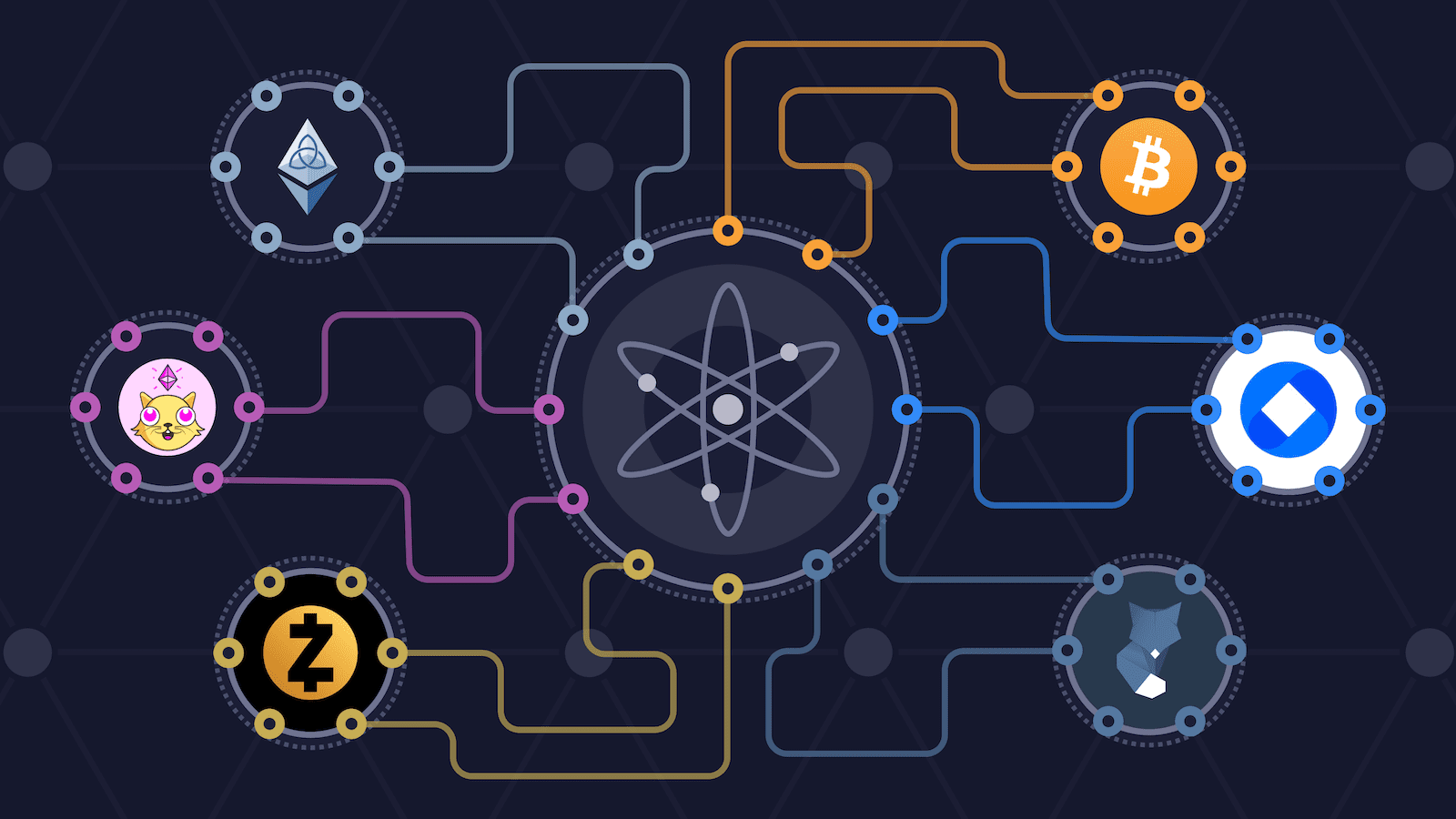
Tendermint is a blockchain engine that powers many blockchain projects within the Cosmos ecosystem. The technology provides tools for building custom blockchains with custom consensus and governance rules. Tendermint excels in its performance, ease of use, and scalability, making it a popular choice for developers.
Kadena is a blockchain optimized for decentralized finance (DeFi). It uses Cosmos technology to achieve high throughput and scalability, which is critical for financial applications that require fast processing of large numbers of transactions.
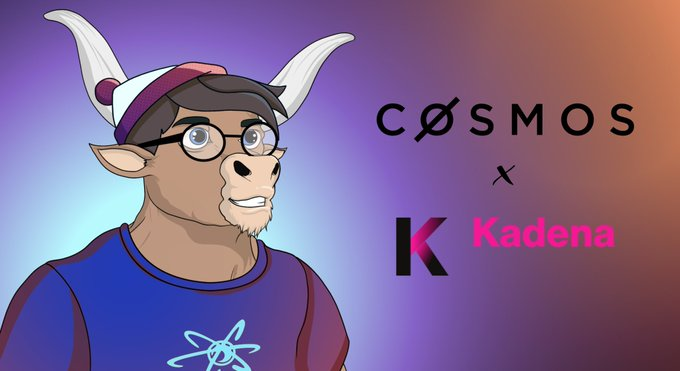
Osmosis is a decentralized exchange ( DEX ) operating in the Cosmos ecosystem. It allows users to trade cryptocurrencies directly, without intermediaries, using advanced liquidity and transaction routing technologies. Osmosis also integrates unique governance and reward mechanisms that incentivize user participation and collaboration.
Stargaze is a platform for trading and managing non-fungible tokens (NFTs), also based on Cosmos. The platform allows creators and collectors to easily issue, buy, and sell NFTs while providing high levels of security and scalability.
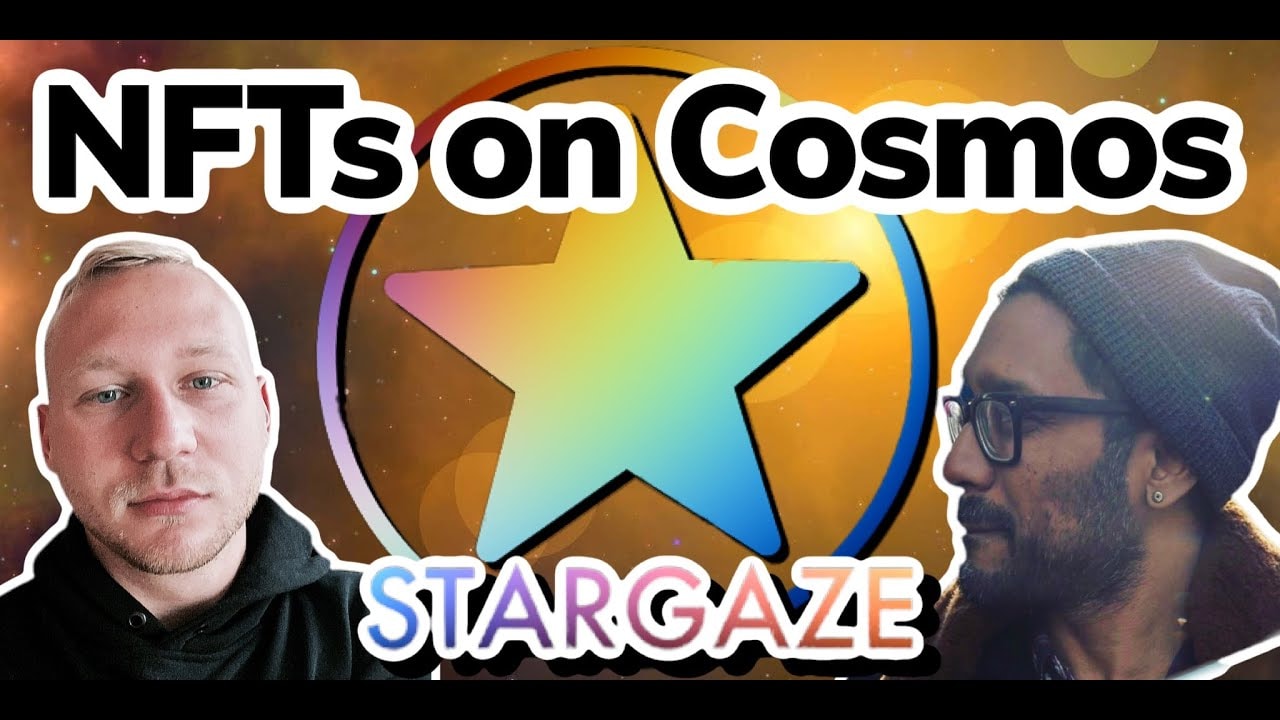
Cosmos Prospects
Cosmos is a cutting-edge architecture for decentralized applications, providing high transaction speeds, scalability, and interoperability across blockchains. Through its innovative use of Hub and Zones, as well as the IBC protocol, Cosmos opens up new perspectives for the development and use of decentralized applications, making blockchain technology more accessible, efficient, and scalable.
Conclusion
In conclusion of the review of five young cryptocurrencies, it is worth noting that each of these currencies makes its own unique contribution to the development of blockchain technologies, offering innovative solutions to existing problems. They expand the possibilities of using blockchain due to improved scalability, increased security, and integration with real-world data, which allows for the creation of complex and functionally rich decentralized applications.
These cryptocurrencies also promote decentralization by offering mechanisms that improve the transparency, security, and efficiency of networks. Along with technical improvements, they also contribute to social and regulatory interactions that can help in the wider acceptance and adoption of cryptocurrencies in society.
A look into the future of these projects shows that they not only represent significant investment opportunities, but also have the potential to radically transform various aspects of finance and everyday life.
Автор Alex Smith
Has professional training in microelectronics and hardware programming, as well as over 30 years of experience working with data processing and transmission systems, including cryptocurrency mining equipment. When preparing materials for blog readers, BuyCrypt successfully applies its extensive technical background to convey the meaning of materials from the sources used as accurately as possible.
